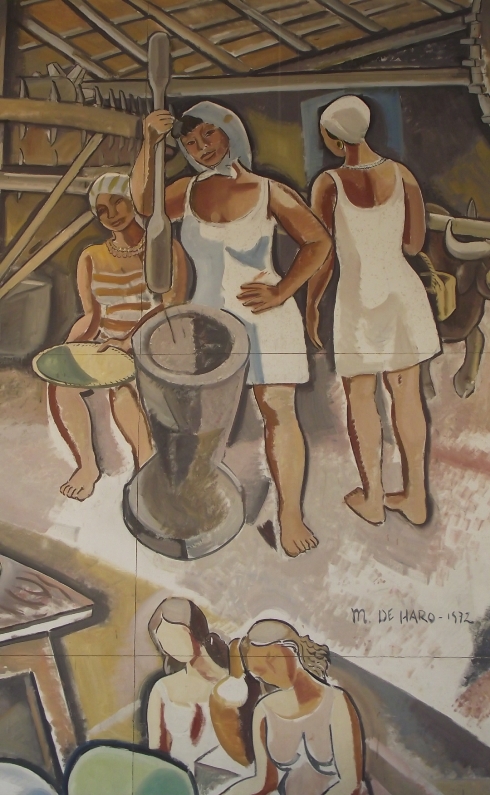Literatura, cinema e história em "Hiroshima mon amour"
DOI:
https://doi.org/10.5007/2175-7917.2013v18n1p97Resumo
Este artigo analisa as obras homônimas Hiroshima Mon Amour, longa-metragem realizado por Alain Resnais (1959) e ciné-roman de Marguerite Duras (1960). Considerando a perspectiva teórica de Jeanne-Marie Clerc (2004), entende-se que a literatura e o cinema são meios de expressão que não estabelecem relações de subordinação ou de concorrência, mas sim de complementaridade, realizando trocas mútuas fundamentais para suas renovações. Mais que um documentário sobre a tragédia atômica de Hiroshima, ao conjugar fatos históricos, narrativa literária e técnicas cinematográficas, tanto o ciné-roman quanto o filme expõem uma postura revolucionária da forma artística para expressar uma visão crítica sobre o mundo conturbado pela guerra, visto que é criada uma história de amor e de perda, colocando a angústia do indivíduo no cerne do enredo. Por meio do retorno ao passado e com o emprego de uma linguagem lírica, revelam os dramas da protagonista e, consequentemente, da humanidade, levando o receptor à reflexão de sua própria condição.
Downloads
Publicado
Como Citar
Edição
Seção
Licença
Esta revista proporciona acesso público a todo seu conteúdo, seguindo o princípio de que tornar gratuito o acesso a pesquisas gera um maior intercâmbio global de conhecimento. Tal acesso está associado a um crescimento da leitura e citação do trabalho de um autor. Para maiores informações sobre esta abordagem, visite Public Knowledge Project, projeto que desenvolveu este sistema para melhorar a qualidade acadêmica e pública da pesquisa, distribuindo o OJS assim como outros software de apoio ao sistema de publicação de acesso público a fontes acadêmicas. Os nomes e endereços de e-mail neste site serão usados exclusivamente para os propósitos da revista, não estando disponíveis para outros fins. 
Este trabalho está licenciado com uma Licença Creative Commons - Atribuição 4.0 Internacional.


